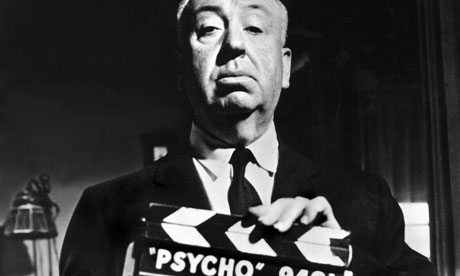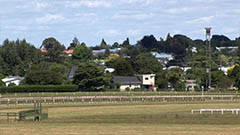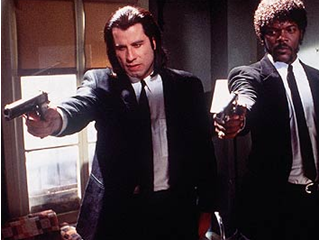· Directed by Sir Alfred Hitchcock
· Made in 1960 in America
· Based on the novel ‘Psycho’ written by Robert Bloch
· Originally received mixed reviews
· Re-reviewed with great outcomes which led to four academy award nominations
· Considered as one of Hitchcock’s greatest films and internationally appraised
· From the films there has been two remakes, a prequel, a remake and a television movie spin off
Plot summary- taken from http://www.course1.com/
Hitchcock’s twisted tale of psychological terror begins in medias res with the introduction of Marion Crane, a secretary in a real estate office currently dating a divorcee named Sam. In the opening scene, Hitchcock uses symbolism through color to portray Marion’s persona. She is wearing a white slip and white bra, white being a common symbol for good or an indicator of the hero(ine).
One day, Marion is asked by her boss to make a $40,000 cash deposit at the bank before she leaves for the day. The next scene takes us to Marion’s home where she is packing quickly for a trip, and obviously has neglected to deposit the money. She is again characterized through color in her now black bra and black slip, placing her in the bad guy role. As she packs, Hitchcock resorts to several looks of outward regard. These looks are followed up by an eye-line shot of the $40,000 in a white envelope on Marion’s bed. Apparently she is contemplating taking the money, fleeing town, and starting a life with Sam, which is exactly what she begins to do. As she is leaving Phoenix, Marion hears an inner monologue of voices, voices of those she is running from. These voices reveal speculations on her whereabouts, and also aid as Marion’s feeling of guilt setting in.
After a chilling conversation with Norman about his mother’s mental condition, Marion decides to take a shower and turn in for the evening. As she is showering Norman enters dressed as his mother and stabs Marion to death. Hitchcock uses several different techniques to inte nsify the dramatic aspects of the shower scene. He uses several close-up shots on Marion’s face and the showerhead bringing the viewer right into the action. Using the rule of thirds, the camera then focuses on a shot of Marion in the first third of the frame, and a shadow beyond the curtain approaching her in the last third. The shower curtain is whipped back and our villain is seen in the shadows to conceal “her” identity. We watch as the focus is directed to the knife being thrusted downward into Marion. As it does so piercing violin noises accompany each stab, intensifying the situation. Norman later reappears as himself and cleans up the evidence. Hitchcock films the clean up scenes from an objective point of view while using no dialogue and several ambient sounds. Also the normal intense and suspense building score is spared during this time.
At home everyone is concerned about Marion. A private detective sent to look for her traces her steps to the Bates Motel. He is also murdered by “Norman’s mother.” Feeling uneasy about the entire situation, Marion’s sister, Lila, and Sam decide to go out to the motel and speak with Norman so they might find Marion. When they arrive we reach the climax as they uncover Norman’s dirty little secret, the body of his mother hiding in the fruit cellar. A psychologist at the police station later finishes the story by explaining how Norman came to develop this internal conflict and how it affected him. Norman killed his mother and then developed a split personality of her to compensate. The story ends with a shot of Norman who has now completely become the “mother” personality. An inner monologue speaks and informs us of “her” intentions to prove to them all that she “wouldn’t even harm a fly.”
The film is rather interesting and dynamic in its’ use of psychology as the fear factor. Hitchcock’s ideas are well communicated through his visual motifs and use of score to intensify the emotional characteristics. Also, Hitchcock managed to color outside the lines once again and push the limits of filmmaking by filming the ever-famous shower scene. Its’ graphic murder portrayal and use of risky body shots became the template of scary movies to come.














